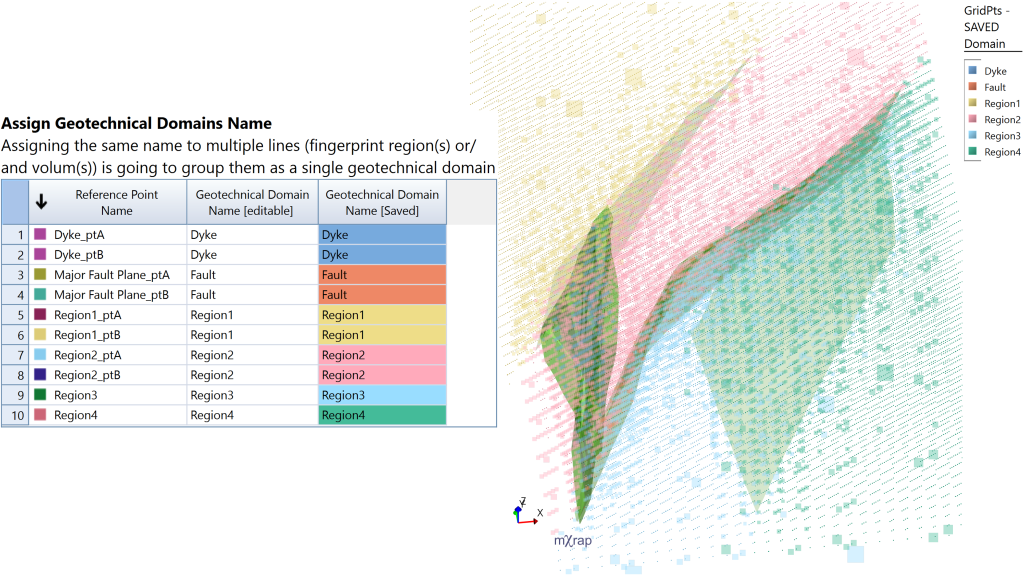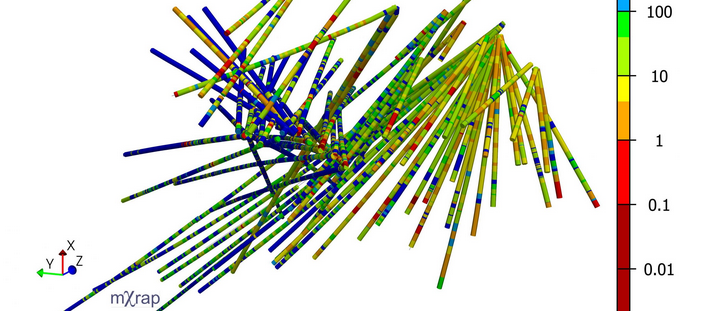Hazard Assessment – Event Rate

The Hazard Assessment application uses a grid-based approach to describe the seismic hazard throughout your mine. Each grid point essentially represents a seismic source with a specific frequency-magnitude relationship. A frequency-magnitude relationship is defined from the MUL, Mmin, b-value, and event rate. The event rate is something we haven’t taken a dive into yet, so we’ll get into it in this post. Event rate sounds like a simple calculation but there are quite a few complexities worth explaining.
RMDA app: new geotechnical domains delimiter app and more!

A new app has appeared in the Rock Mass Data Analyser suite: the Geotechnical Domains Delimiter. This app allows you to create your own geotechnical domains; either from boundaries (e.g. lithological contacts or fault planes) or volumes (e.g. lithologies, domains, selection boxes). The app uses the HW/FW filter to classify the space in relation to […]
Rock Mass Data Analyser updates

The Rock Mass Data Analyser (RMDA) application allows a user to import various types of geotechnical data (rock mass quality, structural, stress and intact rock strength) into mXrap, creating a geotechnical database which may be visualised and analysed in 3D, on charts and in stereonets (see previous blog post for more details). Since the release […]
Rock Mass Data Analyser

The Rock Mass Data Analyser (RMDA) application allows a user the ability to input various types of geotechnical data into mXrap, creating a geotechnical database of borehole and mapping data, which may be easily visualised and analysed in 3D, on charts and in stereonets. Thus far, the application has been developed to allow for the […]


